Pakistan floods: map of provinces affected by flooding, how to donate DEC appeal, how many people have died?
and live on Freeview channel 276
Pakistan has been hit by major flooding, with experts and world leaders firmly pointing the finger at climate change.
Unusually early and heavy monsoon rainfall has hit the entire country with the worst floods seen in the southern provinces of Balochistan and Sindh.
Advertisement
Hide AdAdvertisement
Hide AdThe mountainous north of the country - including the Khyber Pakhtunkhwa region - has also been badly hit.
International aid from United Nations (UN) agencies - including UNICEF - and nearby states has started to reach the Asian country, while an appeal has been launched by the UK Disasters Emergency Committee (DEC).
So where in Pakistan has the worst flooding been - and how can you donate to aid appeals intended to help the country?
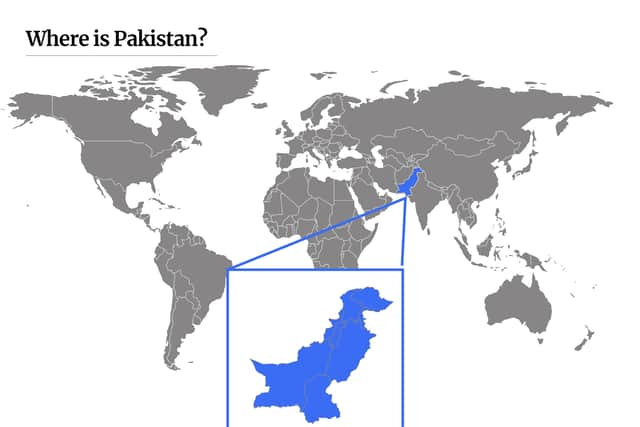

Where are the Pakistan floods?
Pakistan, along with most of the rest of southern and eastern Asia, gets hit by a monsoon every year.
Advertisement
Hide AdAdvertisement
Hide AdThese are powerful rainfall events that occur when temperature imbalances develop between the land and sea, causing moist air from the ocean to rise up above the land and then fall in often torrential storms.
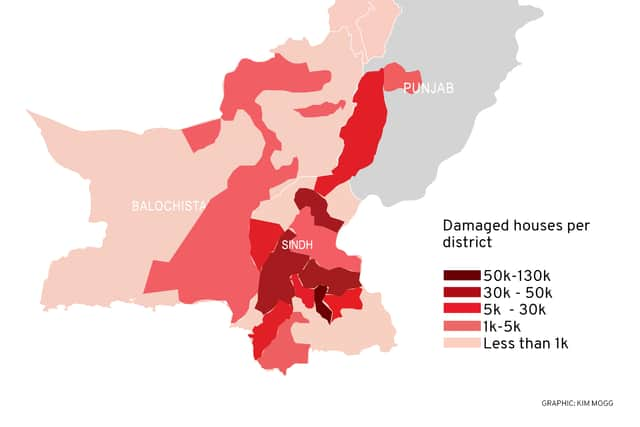

The monsoon season in Pakistan typically begins in mid-July and ends by the start of September.
However, in 2022, the rains began in the middle of June and have been more intense than usual.
According to the UN, rainfall across Pakistan has been 2.87 times higher than the national 30-year average, while some provinces have recorded rainfall that’s as much as five times above the 30-year average.
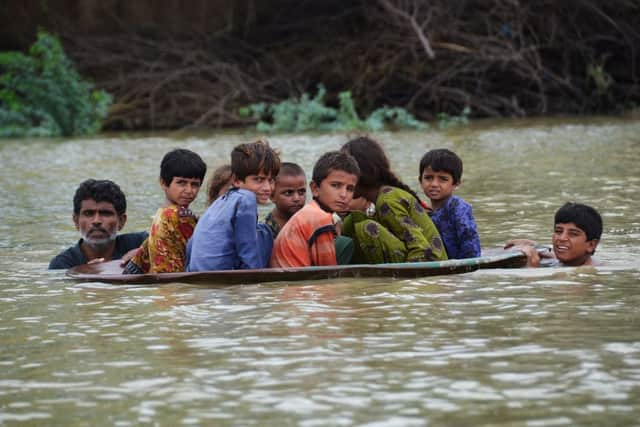

Ensuing flash flooding has:
- affected 33 million Pakistani people - one seventh of the country’s population
- damaged or destroyed almost one million homes
- covered a third of the country in water
- killed 1,200 people and injured a further 1,500
Advertisement
Hide AdAdvertisement
Hide AdThe death toll is likely to mount as recovery operations continue.
Rescue and recovery perations are also being complicated by outbreaks of waterborne disease.
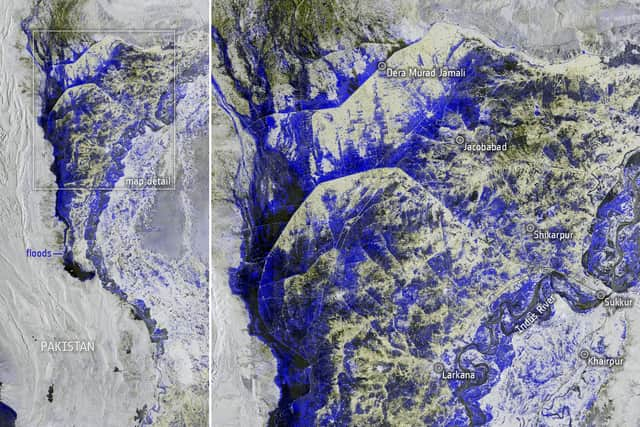

The worst-hit areas have been in the Sindh province - a mostly flat region in the nation’s South East.
The mountainous Balochistan province in the South West and Khyber Pakhtunkhwa province in the North West have also been badly affected.
Advertisement
Hide AdAdvertisement
Hide AdMore than 150 bridges and 3,500km of roads have been washed away or badly damaged by the floods, making rescue and aid efforts much harder.
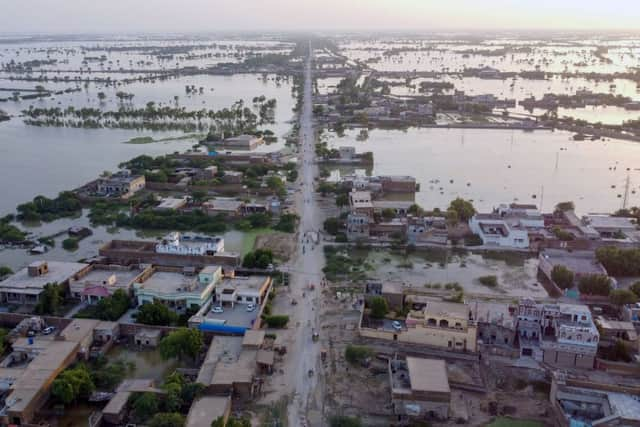

Things have been made worse by what the UN has called “near incessant rainfall”, which has been causing landslides and overfilling of dam reservoirs.
However, this situation is believed to have eased in the north as the rain has begun to stop.
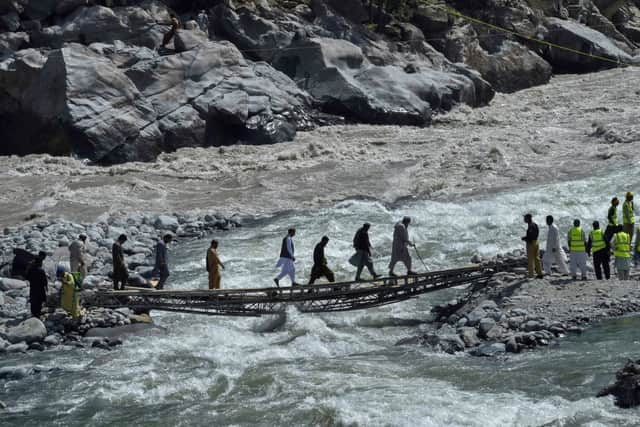

Peak floodwaters are expected to hit Pakistan’s south via the Indus River by the end of the week, with local authorities urging people to find higher ground in the district of Dadu, Sindh on Friday (2 September).
Advertisement
Hide AdAdvertisement
Hide AdPakistani authorities say this year’s devastation is worse than in 2010 - when floods killed 1,700 people - and has been driven by climate change.
Sherry Rehman, a Pakistani senator and the country’s top climate official said: “We are at the moment at the ground zero of the front line of extreme weather events.
“[We are] in an unrelenting cascade of heatwaves, forest fires, flash floods, multiple glacial lake outbursts, flood events, and now the monster monsoon of the decade is wreaking non-stop havoc throughout the country.”
Military chief General Qamar Javed Bajwa said on Sunday (28 August) that the country may take years to recover.
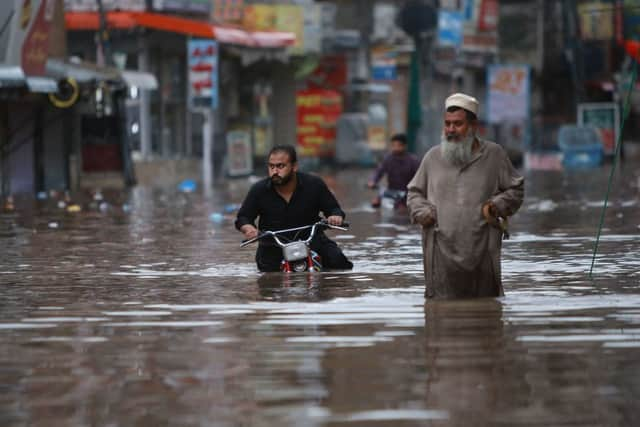

How can you donate to Pakistan flood appeal?
Advertisement
Hide AdAdvertisement
Hide AdThe Pakistani government has said it will provide housing for all those who have lost their homes.
In conjunction with the United Nations, it has issued an appeal for $160 million in emergency funding from the international community.
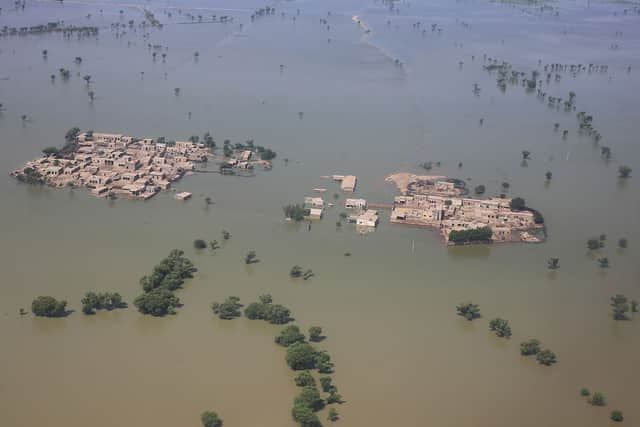

International aid began to reach Pakistan on Monday (29 August).
It has so far come from countries including China, Saudi Arabia, Qatar, Turkey, Uzbekistan and the UAE.
Advertisement
Hide AdAdvertisement
Hide AdThe US has pledged $30 million for flood victims, while the UK government has said it will match donations that come in through the DEC appeal.
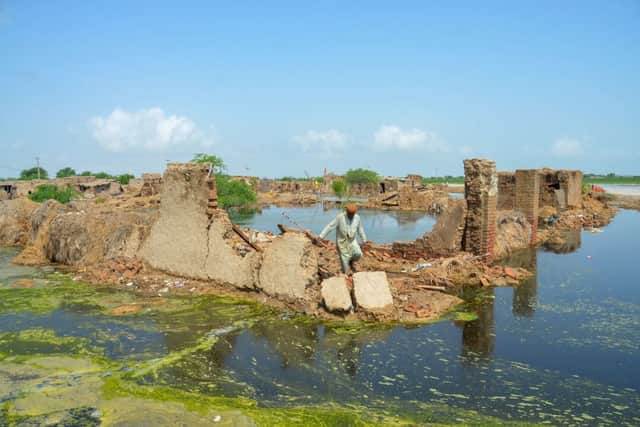

The UK government has already sent up to £1.5 million in relief.
The UK Disasters Emergency Committee (DEC) group of charities has also launched a call for donations through a specific Pakistan floods appeal.
The Prince of Wales has already pledged to make a donation to DEC charity Islamic Relief.
Comment Guidelines
National World encourages reader discussion on our stories. User feedback, insights and back-and-forth exchanges add a rich layer of context to reporting. Please review our Community Guidelines before commenting.
